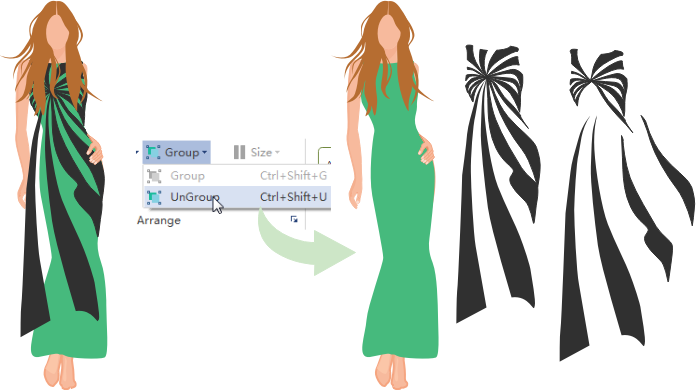As an OS X user you likely have at least some of your photos stored in Apple’s provided Photos application, and by doing so, you can use them with iCloud services, and in applications that interface with OS X’s media sharing services. However, there might be times where you want to keep some photos separate from others, and manage them in more private ways than having them accessible by other applications and services.
- How To Change Photo Library Location On Mac
- How To Switch Photo Library On Mac
- How To Switch Photo Libraries On A Mac Free
Creating a new library
How To Change Photo Library Location On Mac
You can have multiple photo libraries in Photos app for Mac OS X. You can switch between libraries with simple steps. If you want to select a different library, then hold down the 'Option' key when you launch 'Photos' app ans select the photo library which you want to open. It helps you to create and manage multiple libraries, copy photos between libraries, find duplicates, and—most important for this topic—merge libraries. Because PowerPhotos is working entirely on your Mac’s drive, it’s fast and it doesn’t require huge amounts of extra disk space. This tutorial show you how to switch between library folders. Start iPhoto by holding down the option key and double clicking on the application. IPhoto will start with the following dialog box. Select one of the iPhoto libraries listed in the dialog box, or use the 'Other Library' button to select an iPhoto library not listed. Aug 16, 2018 Moreover, it can no longer be even found in the Mac App Store. In other words, Apple has decided to leave it behind to provide a more useful Photos app for users. If you have updated your Mac to OS X 10.10.3, you’d like to migrate all your. Sep 03, 2015 Switching libraries. With multiple libraries on your Mac, you can switch between them very easily using two methods. The first is using the same library manager, so simply quit and relaunch Photos with the Option key held, and you can then select your library.
Creating a new library for your various projects is relatively simple. First quit Photos, then launch it while holding the Option key, and you should see the library manager window appear. In here, you should see your current library listed, but also have the option to create a new library. Once created, you can then drag and drop or otherwise import the photos you want, and this new library will be the default one used when Photos launches.
How To Switch Photo Library On Mac
By creating multiple libraries in this manner, you can keep projects separate and also spread out where you have your photos stored your library’s location, including storing it on a secondary partition, an external drive, or on a network attached storage (NAS) device.How To Switch Photo Libraries On A Mac Free
Switching libraries
With multiple libraries on your Mac, you can switch between them very easily using two methods. The first is using the same library manager, so simply quit and relaunch Photos with the Option key held, and you can then select your library. However, an even easier approach is to simply open any of your photo libraries directly in the Finder, and it will open in Photos and become the default library used. With this approach, simply place the libraries or aliases to them in a convenient location, and then open them directly, instead of opening the Photos application itself.
The library chooser gives you a list of libraries that are in default locations on your Mac. You can use this panel to create new libraries, or choose those in non-standard locations like network storage drives.
The real issue with multiple libraries is not which library is the default opened with Photos, but which is used as your System Library, that is, the one that third-party services like iCloud and other applications will reference when they are instructed to access your photo library. To change this, you need to go to the Photos preferences and click the button to use the current library as the System Library.

The caveat here is that in order to use a library with iCloud and other services, it must be stored on a volume that is formatted to Apple’s native HFS+ (Mac OS Extended) format. You can check this on any locally-attached drive by selecting it in the Finder and pressing Command-i to reveal the information window. Then expand the General section, where you should see its format listed.